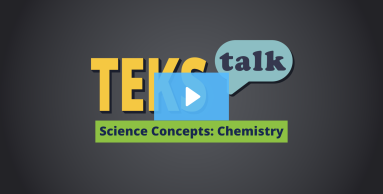
Knowledge and Skills Statement
The further explanation is designed to be a resource for educators that helps them better understand the topic their students are learning. Further explanations may be written at a more complex level than would be expected for students at the grade level.
The images below provide a convenient comparison of Dalton's, Thompson's, Rutherford's, and Bohr's models of atomic structure.
|
Dalton's Postulates |
|
| Thomson's discovery of electron properties |
|
| Rutherford's nuclear atom |
|
| Bohr's nuclear atom |
|
Research
Jadhav, Ghanshyam. "Spin Atomic Model: Role of Electron Spin in forming Atoms and Molecules." Journal of Physics: Conference Series 2603, no. 1 (2023): 012048. https://doi.org/10.1088/1742-6596/2603/1/012048
Summary: This paper recounts the history of atomic models and their limitations in brief.
Research
Kaya, Ali. "Addressing Student Misconceptions About Atoms and Examining Instructor Strategies for Overcoming Them." Journal of Pedagogical Research 7, no. 4 ((2023): 251-262. https://doi.org/10.33902/JPR.202323077
Summary: This paper examines the misconceptions held by students about atoms and determines the suggestions of the instructors (academics and teachers) to overcome these misconceptions. It is recommended that atomic models not be taught in primary school education and that three new methods could be used in teaching this subject.
